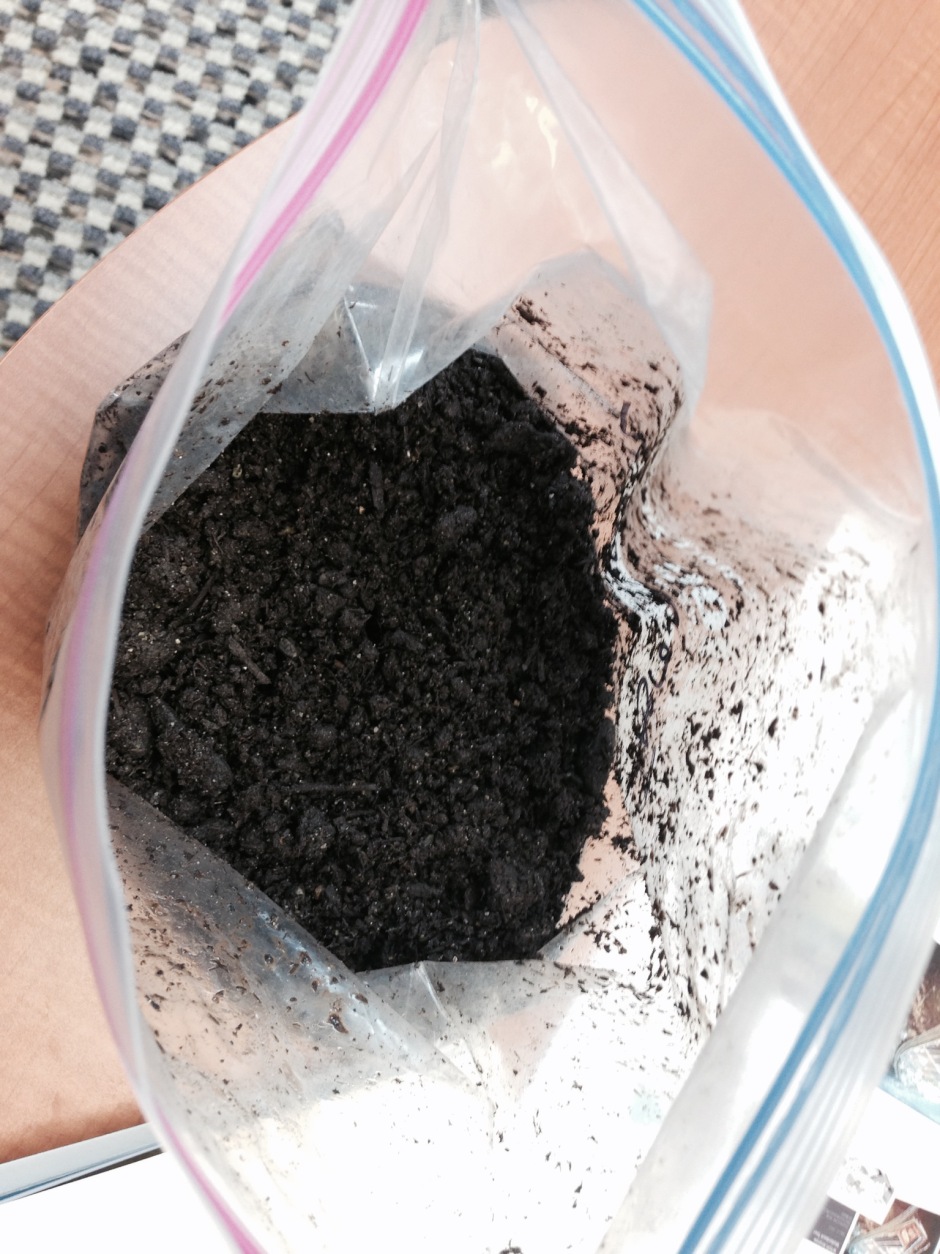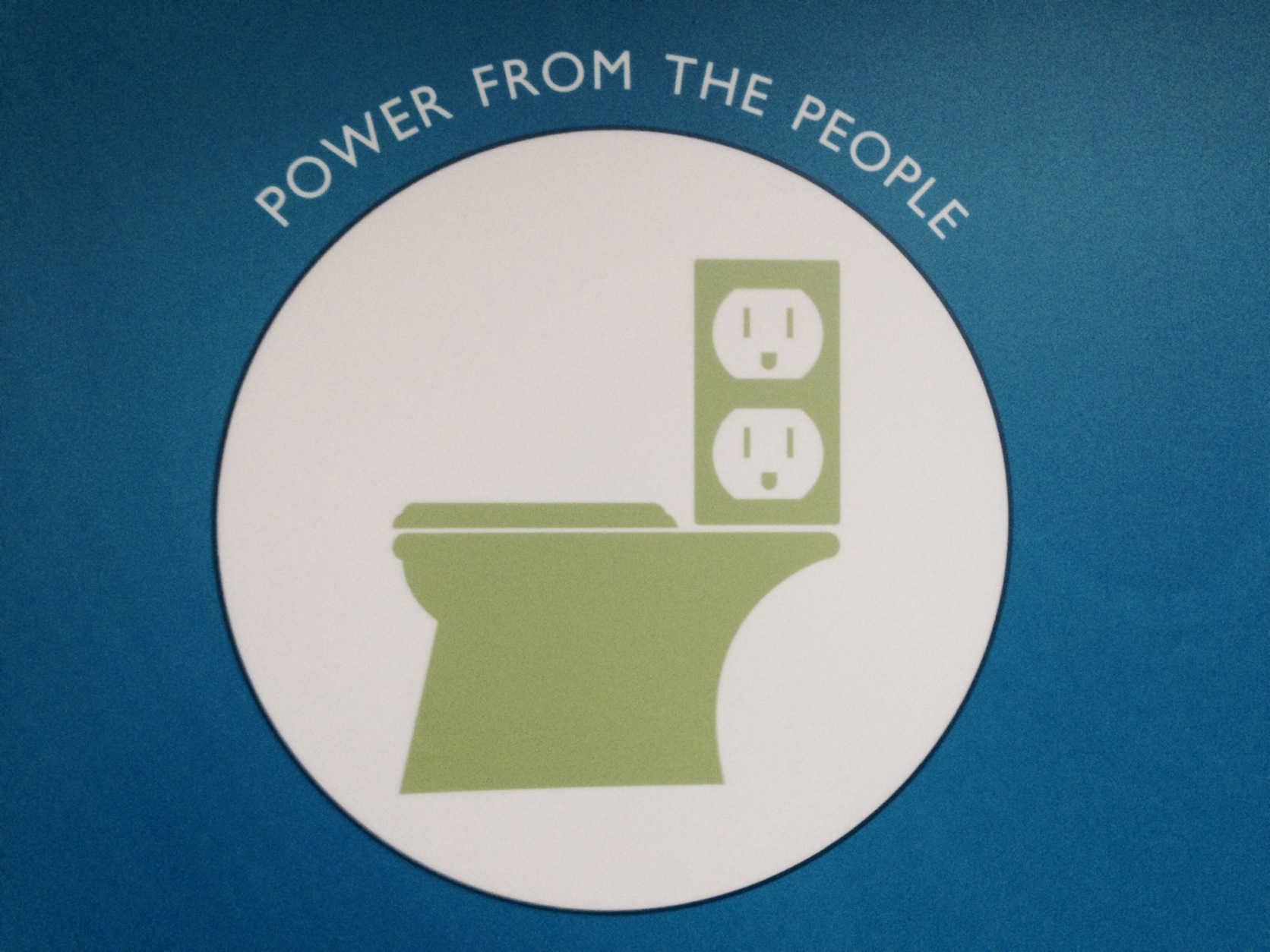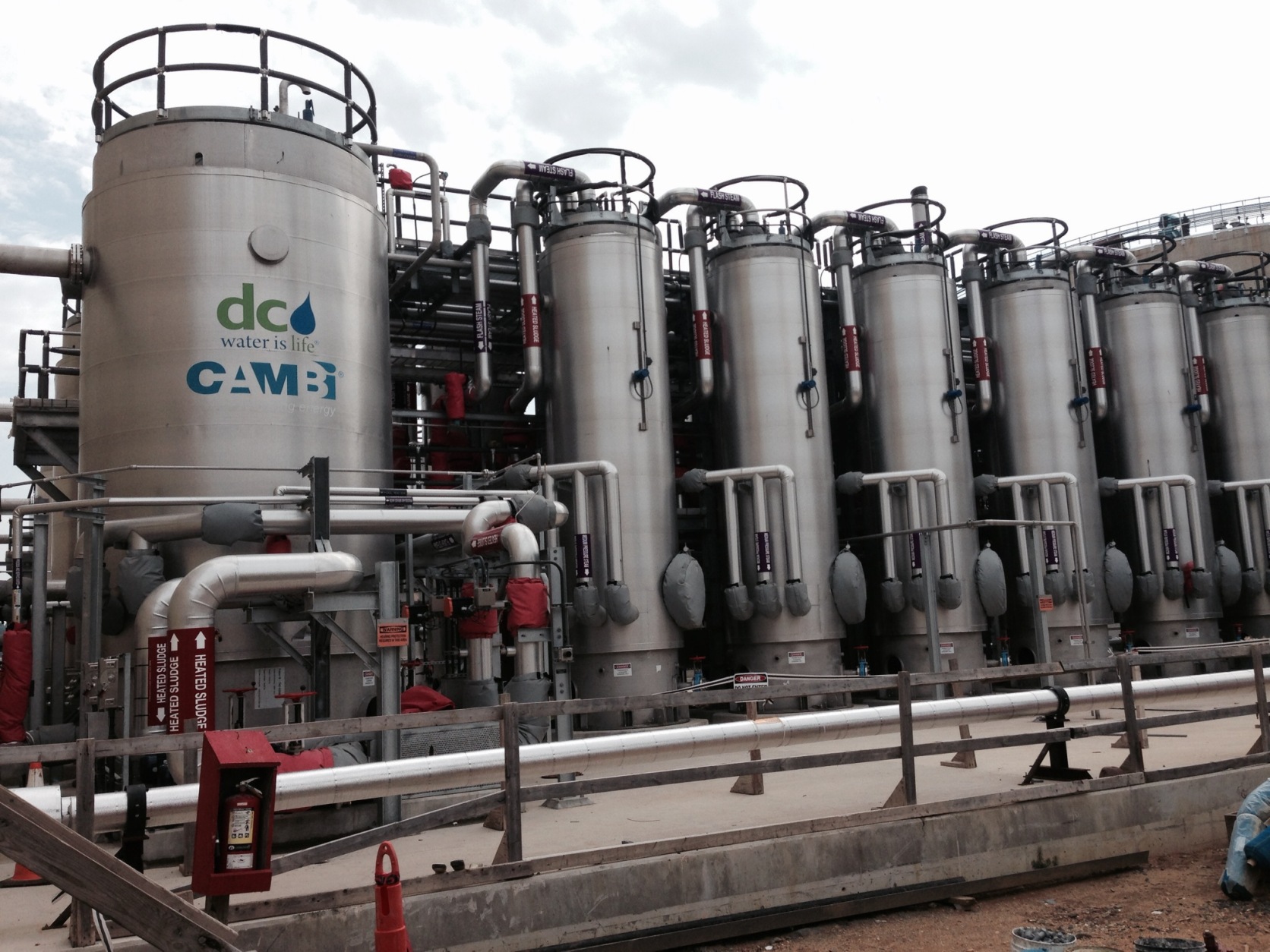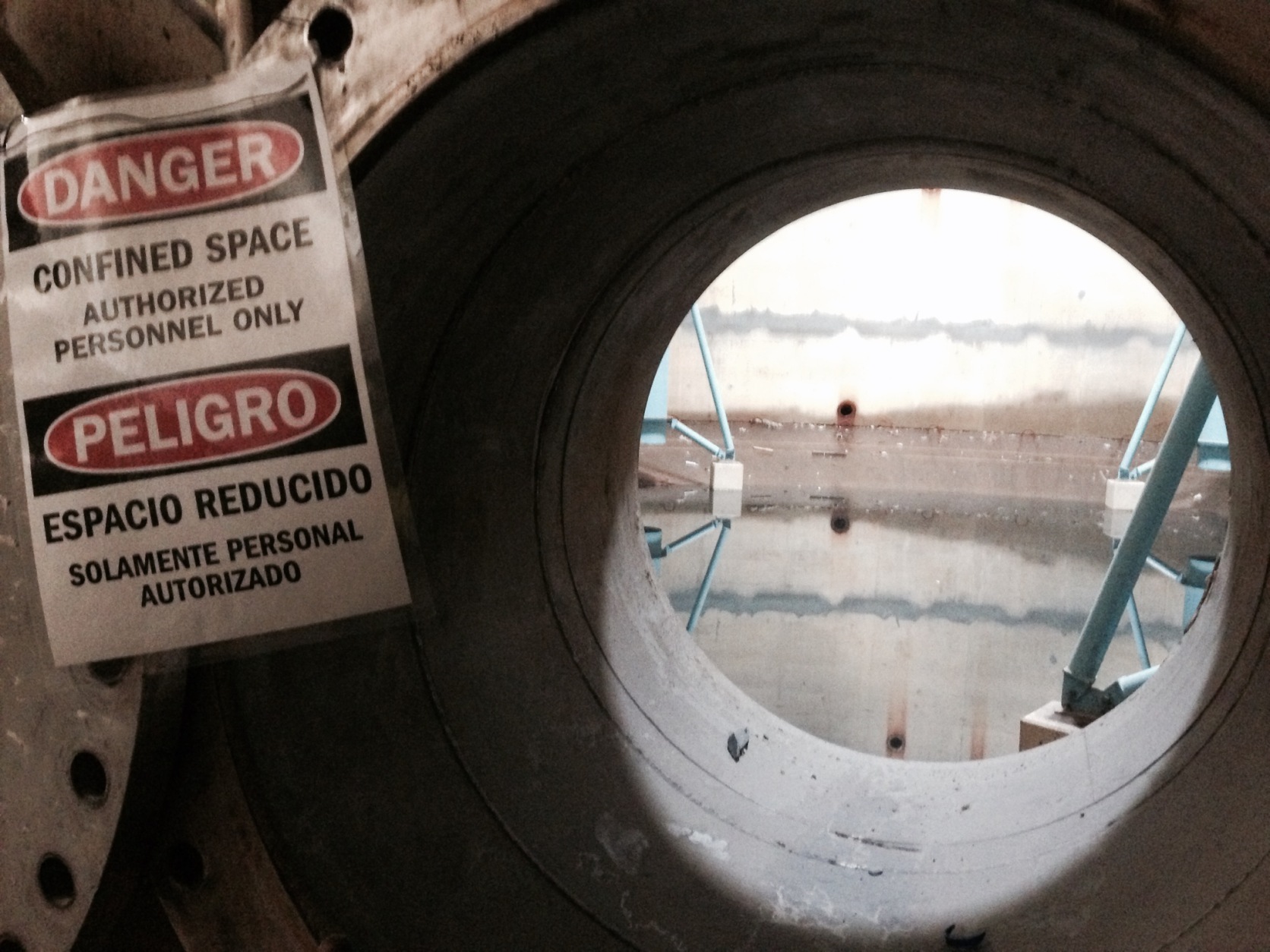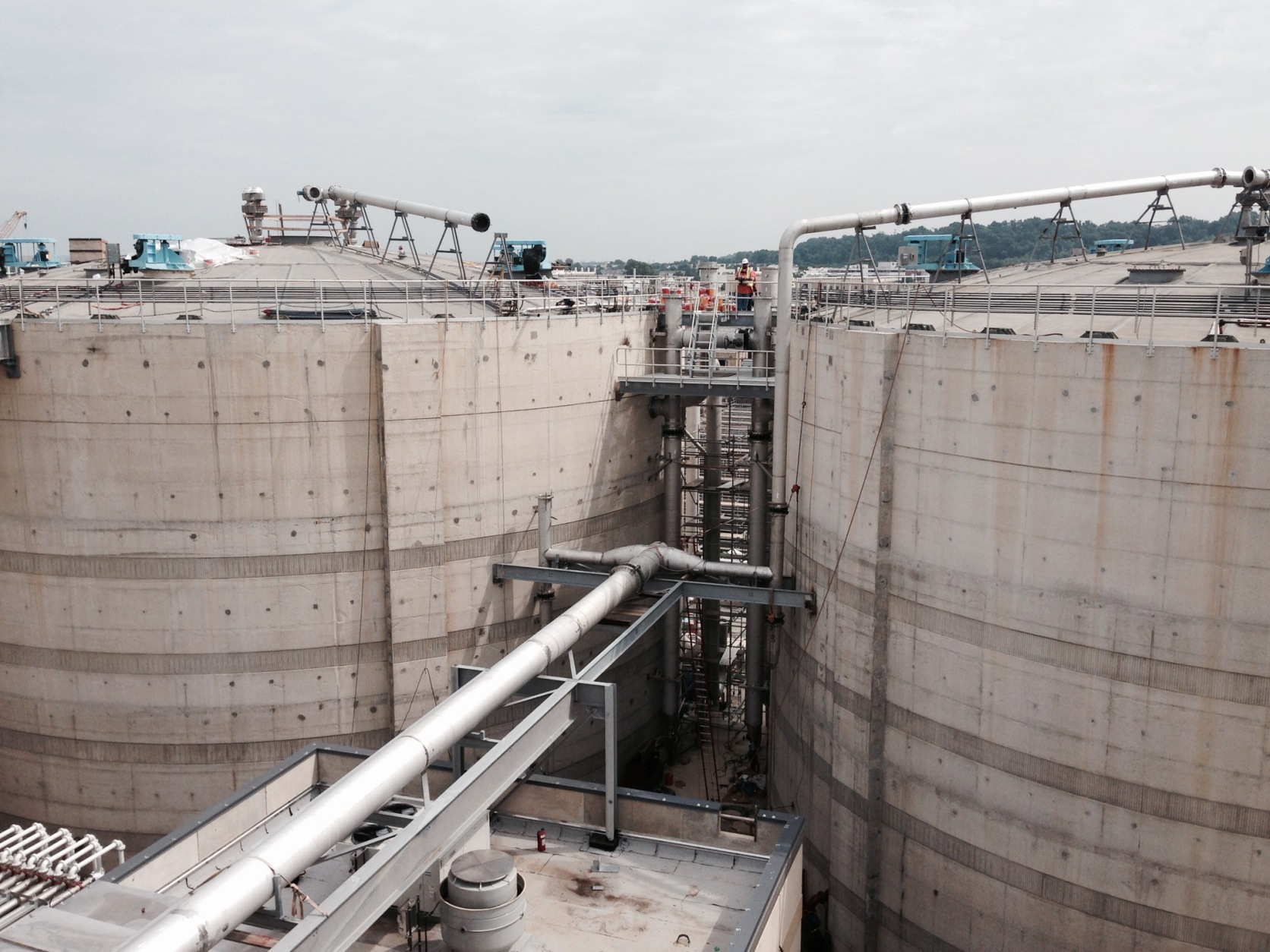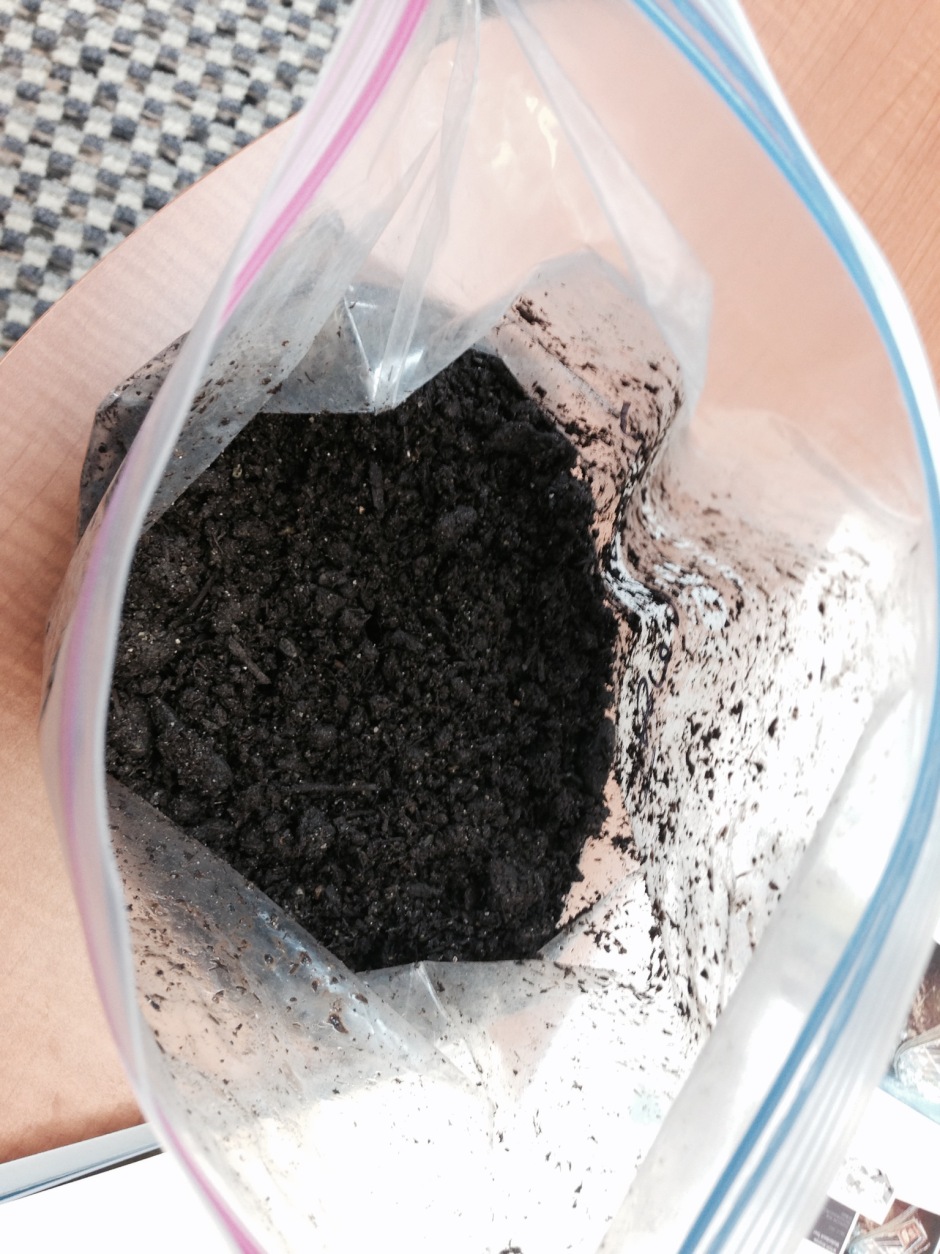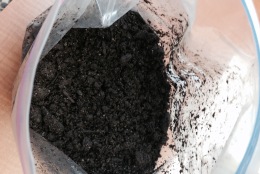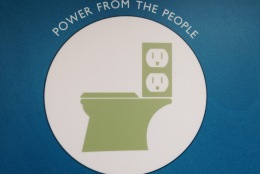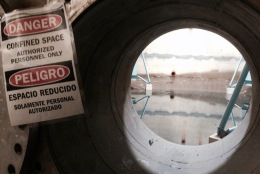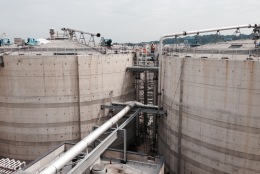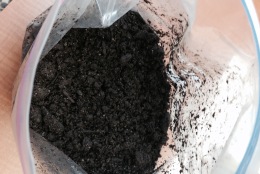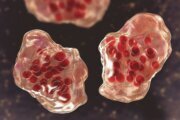WASHINGTON — Flush after flush, the power comes from the people.
The end of a session on the porcelain throne is just the beginning of an innovative process that takes sewage solids and converts them into energy.
After swirling and vanishing into a maze of pipes, wastewater from across the Washington metro area heads to Blue Plains Advanced Wastewater Treatment Plant, in Southeast.
By January, brown will be the new green.
“We do really want people to know that every time they make a contribution to our system in their homes, they are helping produce green energy,” Chris Peot, a process engineer and director of resource recovery, says with a grin.
“It is truly power from the people.”
Using four massive digesters — each is capable of holding 3.8 million gallons of sewage solids — the plant will begin converting waste into energy.
Similar processes are already in place across the country, including in Alexandria, Virginia. But no place in North America has attempted what Blue Plains is about to launch.
“What’s unique about Blue Plains is we’re using a new process to make the conversion to energy much more efficient. It’s called thermal hydrolysis,” says Walter Bailey, the assistant general manager.
That means sludge is treated at high temperature and pressure to convert it into a product that can be biologically digested. Then, the carbon gets converted to methane, which can be used to generate energy.
The large scale project has two primary goals: developing an in-house energy source and creating a Class A biosolid product.
Currently, Blue Plains is the largest single-site power customer in D.C. The sludge-to-energy plan is projected to have a profound impact on that.
“This project producing 10 megawatts of power will serve to provide more than a third of our needs. That’s roughly enough to power continuously 8,000 average American homes,” Peot says.
It will also dramatically cut down the parade of trucks that currently hauls the sludge away from the plant.
These days, 60 trucks leave Blue Plains on a daily basis, exporting the leftovers to farmers in Virginia.
When the digesters are fired up, half the organic material will be converted into methane. The remaining Class A biosolids have myriad uses, including simple treatment for gardens.
In a way, it’s the the circle of life. No flush goes to waste.
Follow @WTOP on Twitter and WTOP on Facebook.

